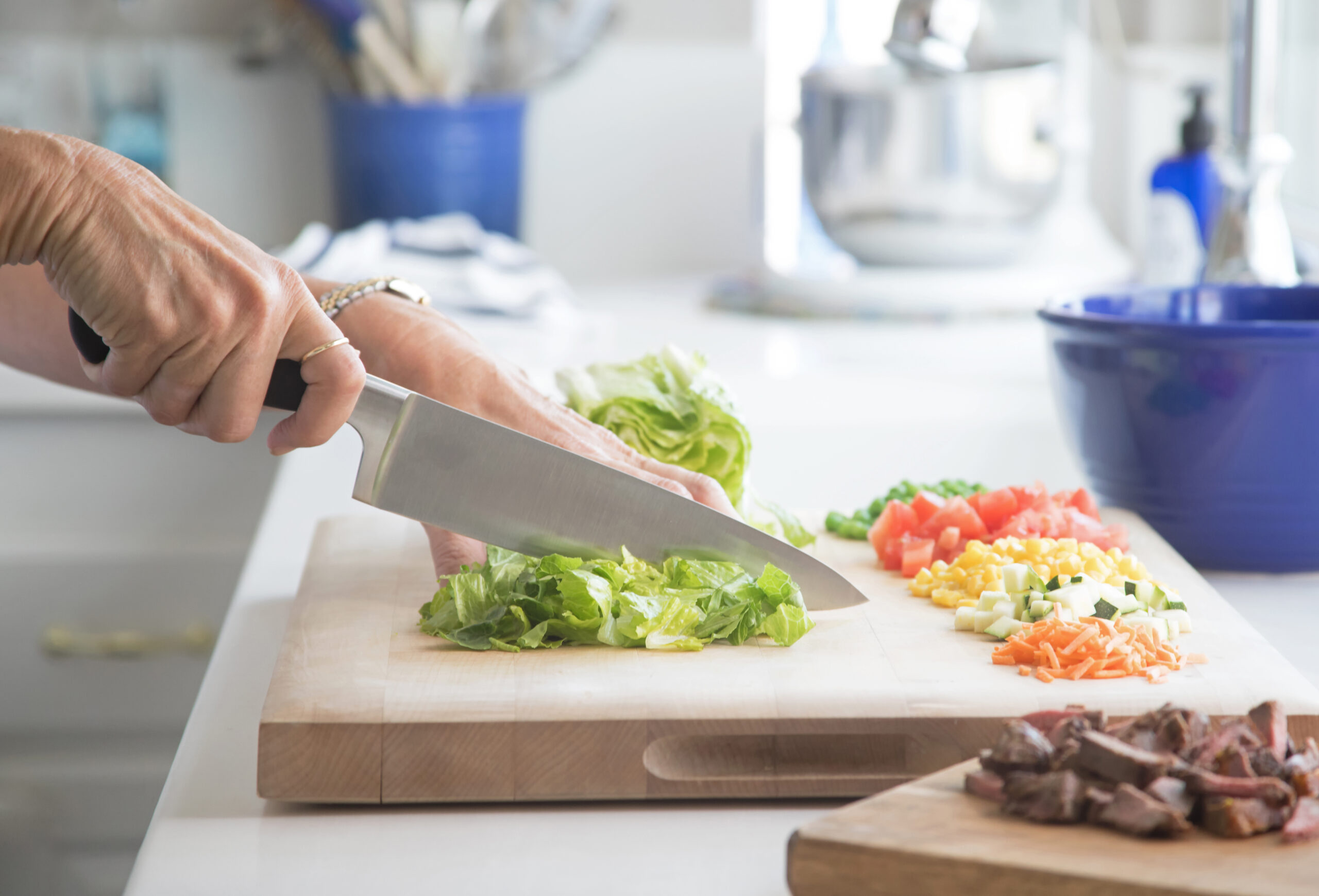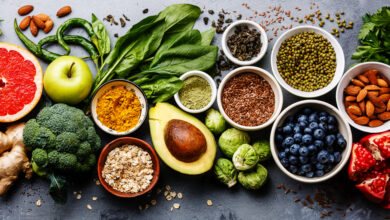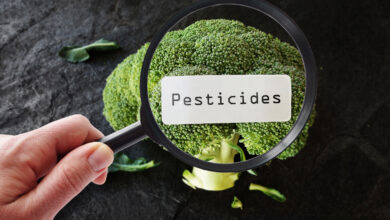
Everybody has to eat. No matter how crazy your schedule gets, finding a way to plan and prep meals on your days off can do a lot to reduce your stress level, feed those you love and reduce your food expenses. While you will need to dedicate time to this each week, the time and dollar savings will be worth it. The tips below include some of the simplest tips for a new cook with limited tools and experience, but an experienced cook can gain even more with a food prepping schedule.
Tools
Read More »- a crockpot
- one saucepan
- one frying pan
- a salad bowl with a lid, plastic
- a salad bowl with a lid, metal or glass
- a casserole dish with a lid
- cutting board
- at least one good knife
You’ll notice there is no Instant Pot in the list above. This author doesn’t own one. My goal with food prepping is about coming home to a hot meal, or easily heating up something when I do get home, not loading the Instant Pot at the end of the day.
Shopping for Food Prep
For best budget results, review your store circular and try to shop on Thursday. If you shop on Thursday,
- last week’s sale items may be on clearance
- this week’s sale items will still be available
- you won’t be caught up in the desperate Friday rush
- your produce will still be fresh on food prep day
If you find something terrific on clearance, you can also change up your recipe choices. Stay flexible with your food prep plan until after your shopping trip.
Prepping for Food Prep
I food prep on the weekend, so on Friday I start cooking dried beans in my crockpot. Beans are extremely nutritious, very cheap, and easy to cook with if you start on Friday morning. For best results, I never put more than a cup of dried beans in to start.
Put your beans in a colander, rinse them well and toss them about. Sometimes tiny clumps of dirt can end up in the bag, so the rinsing is critical. Finally, roll the beans around with your fingers to make sure there’s no debris mixed in. Put the rinsed beans in the crockpot and add enough water to cover times three. If the beans are an inch deep, you want at least three inches of water above layer. Add a teaspoon of salt to speed the cooking. Turn the crockpot on low and go to work. When you get home, unplug the crockpot and let the beans cool. When they are cool, rinse them again and store them in the refrigerator to cook with on the weekend.
Beans are the joke of the food world because they are high in fiber. Instead of considering this to be a problem, up your fiber intake until beans don’t change your digestion at all. Your gut will thank you.
Prep Day: Load Everything Up
A typical meal prep might include
- a pasta based casserole with red sauce and cheese
- a chopped veggie salad
- washed greens
- a fruit salad
- a crockpot stew
If you like hamburger in your red sauce, brown some in your skillet as you cut up the fruit for your fruit salad. Do the fruit salad first to prevent any flavor transfer; never put strawberries on a cutting board after you’ve sliced an onion there. Rinse and brush off the cutting board and knife.
Slice up onions to sauté with the hamburger once you’ve rinsed away excess fat. Budget tip: finely chopped mushrooms are a great way to stretch hamburger if your family doesn’t like mushrooms, and it can add flavor to vegetarian “burger” crumbles. Fresh garlic can be added at this time as well.
Split half the burger mixture into the crockpot before adding the red sauce to your skillet. Heat your red sauce to blend flavors and turn off the skillet. Cook pasta in your sauce pan per instructions, and while it cooks, chop up veggies for your crockpot stew. You can also just add a frozen vegetable mix, your beans, and a cup or two of beef broth, or water and bouillon. Chopped potatoes can round out a veggie stew as well. When the crockpot is loaded, you can pull the sleeve and put it in the refrigerator for use later in the week.
Drain the cooked pasta and put it in the casserole dish. Mix in the red sauce and add your favorite cheese on top. This can also go in the refrigerator, or you can bake it for dinner this evening and stash the leftovers. This dish, as well as your veggie stew, can be frozen in single serving containers to keep everything in your lunch bucket cold. When you get home, heat the container in the microwave or put the contents in your sauce pan. Add a salad and you’re all set!
One of the best ways to protect your gut is to eat something fresh or raw with every meal. Fresh greens, such as spinach, cabbage and kale, can be bought pre-washed and ready to eat, but you can get more for your money buying a full head of cabbage and cutting it fine. Fresh cabbage stores well in a large plastic bag. Kale should be cut very small; this green is fibrous and rather sharp. Spinach should be washed, de-stemmed, cut, and eaten early in the week.
In your veggie salad container, you can also chop
- broccoli
- peppers
- mushrooms
- radishes
- carrots
for a quick tossed salad in the evening. Unless you like everything to taste like onions, don’t put fresh onions in your chopped veggie bowl.
This post is more about process than recipes. However, a simple fruit salad could include sliced strawberries, fresh green grapes and pineapple chunks in their own juice. Add sugar to taste or leave for the table. This is a real treat with peanut butter toast for a quick meal.
“Fast” Food
As the week winds down, your pre-prepped food will get eaten up. Simple, quick foods at home can include grilled cheese, tuna on crackers, an open-faced fried egg sandwich, or cereal mixed with yogurt and berries. Any of these would be yummy with your fresh fruit salad.
You can skip takeout and the fast food lane if you can learn to food prep. By cooking ahead, you can shop the sales and enjoy home-cooked meals at the end of a long day. Singles, couples, and large families can all use meal planning and prepping ahead to eat better and reduce food expenses.





